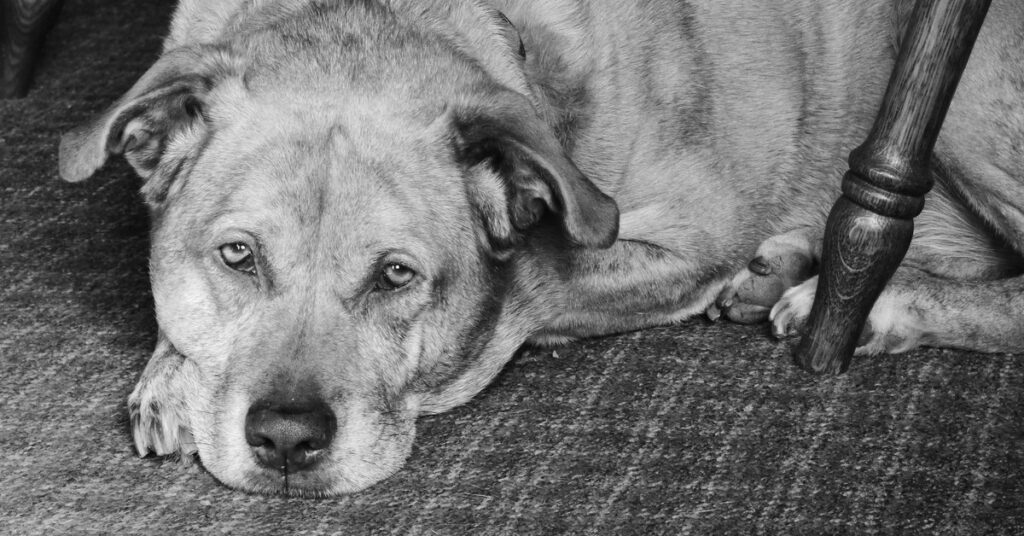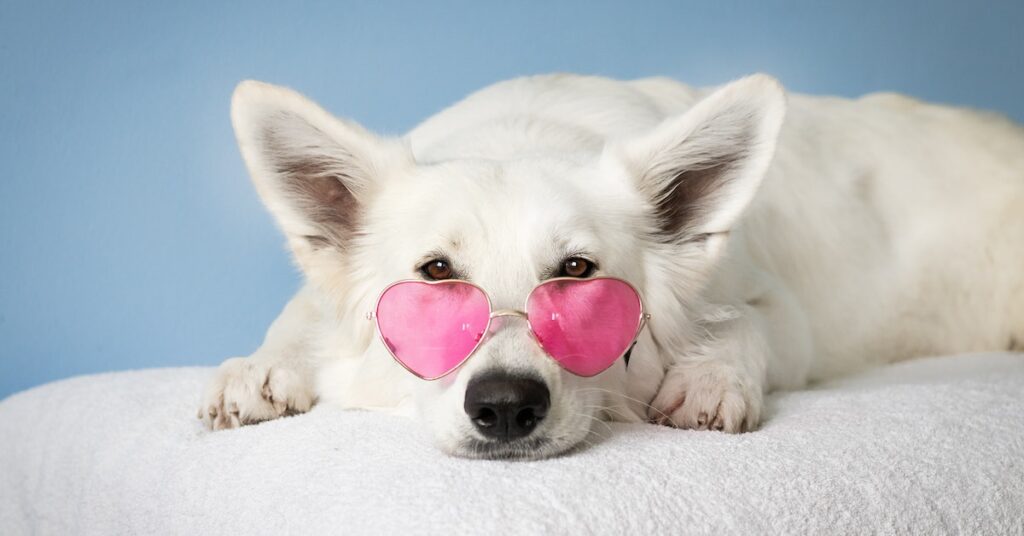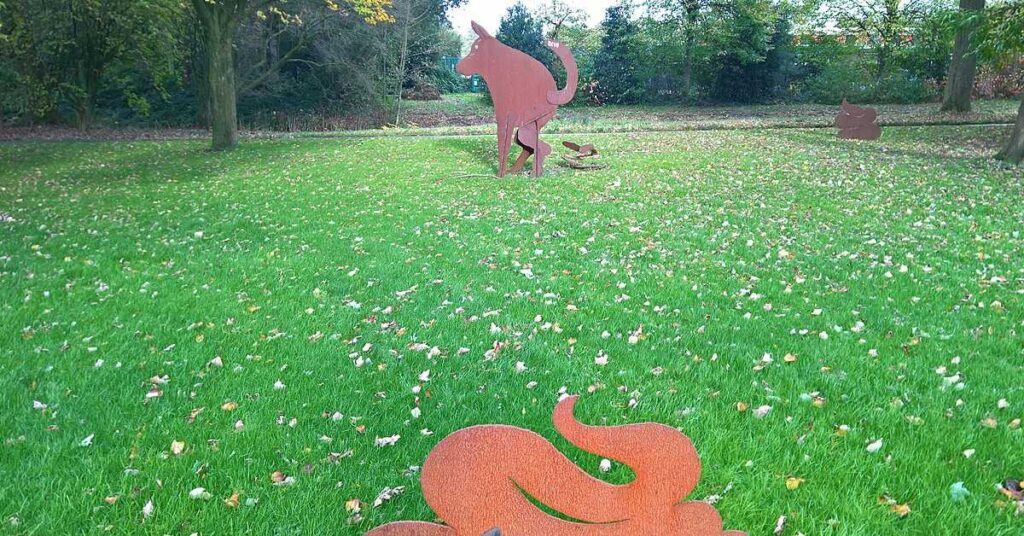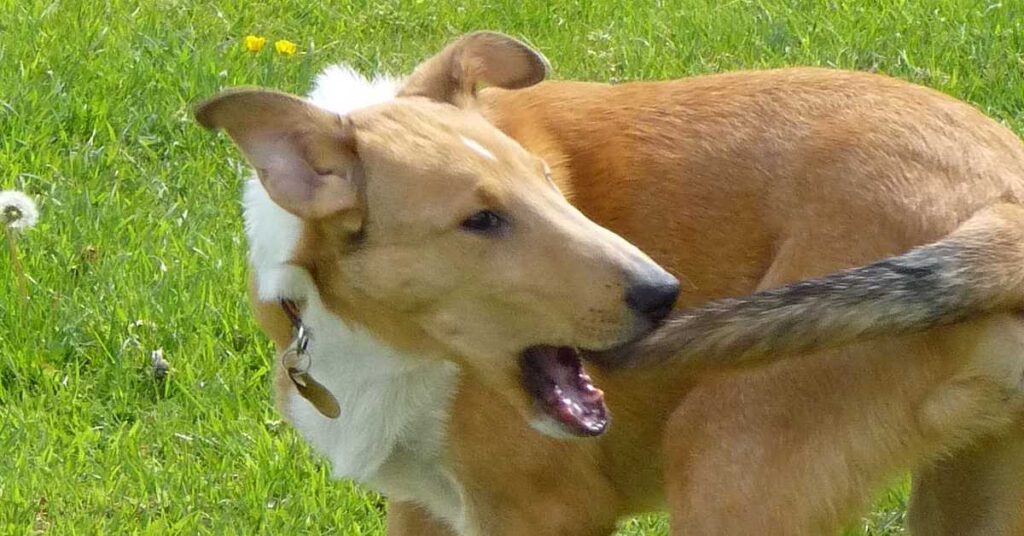If you love dogs, you may be interested in learning some interesting facts about dogs. In this article, we’ll talk about the Labrador Retriever, German Shepherd, Pembroke Welsh Corgi, and Newfoundland. All of these breeds are great for families and pets. But did you know that some of them are also dangerous?
Labrador Retriever
The Labrador Retriever is a breed of British retriever gun dog. This breed originated from fishing dogs brought to the United Kingdom from Newfoundland. It was named after the Labrador region in Newfoundland. These dogs are excellent hunting dogs and they can be trained to retrieve any size prey. However, they are also excellent companions and great family pets. The breed is incredibly popular and can live up to twelve years.
The Labrador Retriever comes in a variety of colors. Its coat is water-resistant and naturally oily. There are four official colors recognized by major kennel clubs and professional breeders. However, Labradors are also known to come in silver, which is not recognized by major kennel clubs.
Because of its large, floppy ears, Labradors are susceptible to ear infections. Therefore, keep their ears clean and dry and keep a close eye on their ears for any signs of infection. Labradors also shed a lot of fur throughout the year. They typically shed their undercoat and winter coat in the spring.
Another fascinating fact about Labrador is that they love the water. Their water-resistant double coat and webbed feet make them excellent swimmers. Their long, strong tail also makes them great for navigating rivers, lakes, and lakes. Labradors are known for their swimming prowess, and even have the ability to reach speeds up to 19km per second.
While the Labrador is an exceptionally healthy breed, they can be prone to certain diseases and conditions. For example, Labs can have cataracts, which are cloudy spots in their eyes. Cataracts do not cause vision loss, but it can cause blindness in some cases. They are also susceptible to hip dysplasia, which occurs when the thighbone does not fit properly into the hip joint. Labs that suffer from hip dysplasia may be in pain or lame. Other conditions that may affect Labs include Volvulus and elbow dysplasia.
Despite the breed’s popularity, Labradors are notoriously misunderstood and misrepresented. Despite this widespread misrepresentation, the Labrador is a very lovable and affectionate dog. Its temperament is one of the breed’s best attributes, and is considered one of the most popular dogs in the United States.
German Shepherd
The German Shepherd is a large and medium-sized breed of working dog. It was first developed by Max von Stephanitz in 1899. These dogs are very docile, but are also very strong and protective. They are a very good choice for families. Some interesting facts about the German Shepherd include:
The German Shepherd is known for being a highly intelligent dog. They can learn things quickly and are very loyal to their owners. They are also very active and do not like sitting idle. Although they are highly active and loyal, White German Shepherds are not the healthiest dogs, but they are also highly trainable and sociable.
German Shepherds are great companions and make great pets. They are gentle, loving dogs and will follow their owner around the house. They are also very good with children, and they can be quite patient. German Shepherds do not tend to bite, but they can be irritable. These qualities make them great for families with small children.
One interesting fact about the German Shepherd is that it was a German breeder who helped standardize the breed. This breed was created in 1889 by a German breeder named Max von Stephanitz. He bought a wolf-like canine that he had seen and was immediately drawn to. He changed the name of the dog from Hektor Linkshrein to Horand von Grafrath, and then formed the German Shepherd Dog club. He laid down rules and regulations for the German Shepherd breed.
Pembroke Welsh Corgi
The Pembroke Welsh Corgi is a popular breed of dog that lives a long, healthy life with people. They have an average lifespan of 12-15 years. These short-legged dogs do not use any unusual mating techniques, and they give birth to live puppies.
These dogs are a herding breed and can be found in many countries. They were originally brought to Wales by Vikings and Flemish weavers. They were also used for herding cattle. Several of them have been attributed to pulling fairies and elves in ancient Welsh legend. Their long history has given them a rich heritage of working with humans. It is also important to note that in ancient times, stealing corgis was a serious offense in Wales.
Pembroke Welsh Corgis are loyal, loving, and lovable pets. They’ve been part of the British Royal Family for 70 years, and Queen Elizabeth has owned over 30 corgis. They’re also very easy to train. They love to follow their owners and have a strong herding instinct.
The Pembroke Welsh Corgi was originally used for herding sheep and cattle. However, they are now popular for companionship. They are very energetic and active and are known to alert their owners to strangers. Their coat is a medium-coarse one and is perfect for herding large animals.
Even though this breed is known for being a companion to humans, Pembroke dogs are a wonderful working dog. They are very intelligent but are independent and stubborn. They are not difficult to train, but they do have some quirks. Pembrokes are great watchdogs, as they are suspicious of strangers and bark at any threats to their home.
There are two types of Welsh Corgis: the Cardigan Welsh Corgi and the Pembroke Welsh Corgi. Both varieties are distinguished by their rounded or pointy ears and distinct physical features. The Pembroke Welsh Corgi is smaller than the Cardigan Welsh Corgi. The Cardigan is a heavier-boned breed.
Newfoundland
Newfoundland dogs are large, robust canines that can withstand the rough waters and tides of the ocean. They have massive bones and musculature, and a waterproof double coat that protects them from cold and icy waters. However, their thick, double coat also makes them hard to groom and can lead to heavy shedding. In addition, their jowls and droopy lips make them drool a lot.
A good diet is essential for a Newfoundland’s health. They require a large amount of food in their first year of life, but they can gradually reduce their calorie intake after the third year. To get the best nutrition for your Newfoundland, buy it a high-quality dog food from a dog store, or make it yourself if you have time and knowledge. However, be careful about overfeeding your dog. It can lead to obesity and other health problems.
Newfoundland dogs are protective dogs, putting themselves between their families and strangers. They may be quiet and not bark, but they will show up if they feel threatened. They are also extremely intelligent, making them excellent guard dogs, alerting their guardians to dangers such as swimming pools, fires, and other dangers.
The Newfoundland breed also has a good reputation in water rescue. During Napoleon’s famous escape from exile on the island of Elba, a Newfoundland saved the emperor from drowning. The incident took place when Napoleon, a man from the British Empire, was knocked overboard by a massive wave. Luckily, a fishing boat was nearby and rescued him.
Newfoundlands make wonderful pets. They are great with children and love to spend time with their owners. However, they require a lot of space and daily exercise. Their thick, coarse coat needs grooming on a regular basis. Taking care of them is important as they require a lot of special care and attention.
Another interesting fact about Newfoundlands is that they are good swimmers. Their webbed feet help them to swim. This makes them excellent therapy dogs. They can even rescue crew members thrown overboard.








